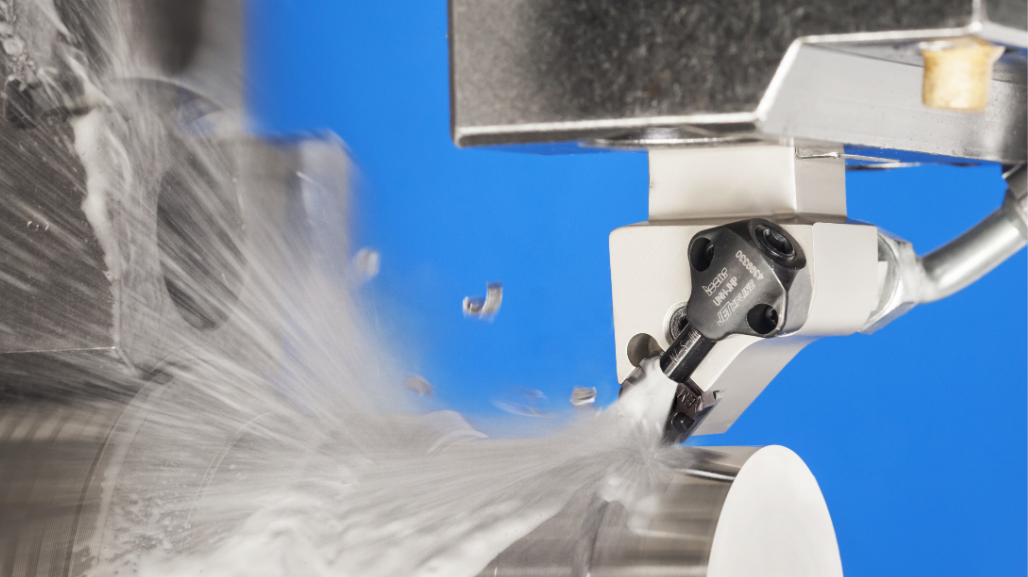AI: The New Electricity
Artificial intelligence is making its way into the manufacturing world. One AI expert weighs in on the numerous applications where AI will bear fruit.
Artificial intelligence is making its way into the manufacturing world. One AI expert weighs in on the numerous applications where AI will bear fruit.
When electricity was new, many companies didn’t know how to use the technology. In many ways, today’s companies have the same struggle with artificial intelligence (AI) in their processes, according to Silicon Valley-based Landing.AI.
The manufacturing world is frantically embracing Industry 4.0, installing sensors on equipment, collecting machinery and production information, wondering about the cloud and how many analysts they will need to grapple with Big Data.
But what if machines could tell you everything you needed to know? If they could self-diagnose and alert their human masters of looming problems, much like telling the doctor the cause of your stomach ache and how to fix it. How about machinery that is an active partner in the continuous improvement process, that analyzes what it’s currently working on and offers suggestions on ways to increase throughput or improve part quality?
If artificial intelligence (AI) expert Andrew Ng has anything to say about it, these futuristic possibilities will soon be as real as eliminating overtime, late deliveries and discrepant products, all of which the president and CEO of Landing.AI hopes to make a thing of the past.
“Artificial intelligence will transform manufacturing,” Ng says on his corporate website. “It will improve quality control, shorten design times, reduce materials waste and improve production yields.”
Ng, an adjunct professor of computer science at Stanford University, notes that there are numerous applications where AI will bear fruit. These include adaptive manufacturing, where machine tools will learn to identify areas where operating parameters might be optimized, even in the face of new and difficult materials. Predictive maintenance will keep manufacturing assets such as robots and production cells running smoothly and predictably, eliminating unexpected downtime. And automated quality control will remove the tedium of 100% inspection, reducing the risk of product failures in the field.
For example, AI-enabled visual inspection systems are not only more accurate but also immensely faster than humans. Compared with existing vision-based measuring machines, which are trained using data sets containing perhaps a million representative images, AI is equipped with learning algorithms that need only a handful of product samples to understand metrological requirements.
Sounds great, but how does a company get started with AI? After all, most manufacturers are still grappling with the Internet of Things, digitalization, Industry 4.0 and similar realities of the brave new factory. How can anyone expect them to deal with yet another industry-changing technology?
Good question. In a letter to the public earlier this year announcing his formation of Landing.AI in Palo Alto, California, in the heart of Silicon Valley, Ng equates the current state of AI to the early days of electricity, when proponents were scrambling for better ways to leverage this novel but obviously important technology. “AI is the new electricity and is at a similar inflection point,” Ng says.
He also suggests that the road to an AI-centric manufacturing company may well be filled with challenges. “Many companies are figuring out how to use AI, but this is not easy,” he says. “The technology is still complex, and few teams understand AI well enough to implement it effectively. Outside the IT industry, almost no companies have enough access to AI talent.”
This is one reason why Ng started Landing.AI – to counter this shortage of skilled AI professionals and to help manufacturers open their doors to greater opportunities, especially since, as Ng has stated, manufacturing will likely be one of the most difficult industries in which to implement AI. It is also extremely important.
“Whereas the IT world has done a great job shaping your digital environment, it’s really the manufacturing world that shapes a lot of your physical environment,” Ng told Molly Wood, American Public Media’s Marketplace Tech host. “So we set about implementing a digital transformation on your physical world. So I think we can make that much better, and the revitalization of the manufacturing industry both in the US and globally, I think, will be through AI.”
Previously Featured In Metalworking World.
Part of global industrial engineering group Sandvik, Sandvik Coromant is at the forefront of manufacturing tools, machining solutions and knowledge that drive industry standards and innovations demanded by the metalworking industry now and into the next industrial era. Educational support, extensive R&D investment and strong customer partnerships ensure the development of machining technologies that change, lead and drive the future of manufacturing.





